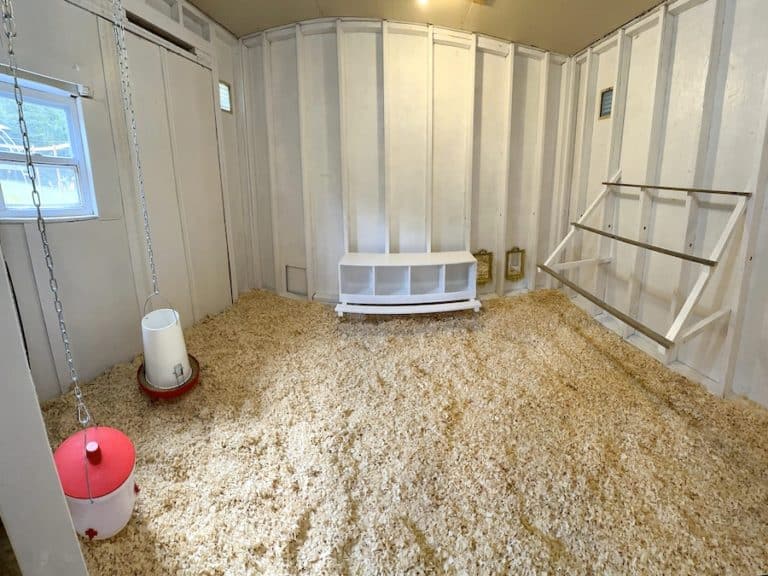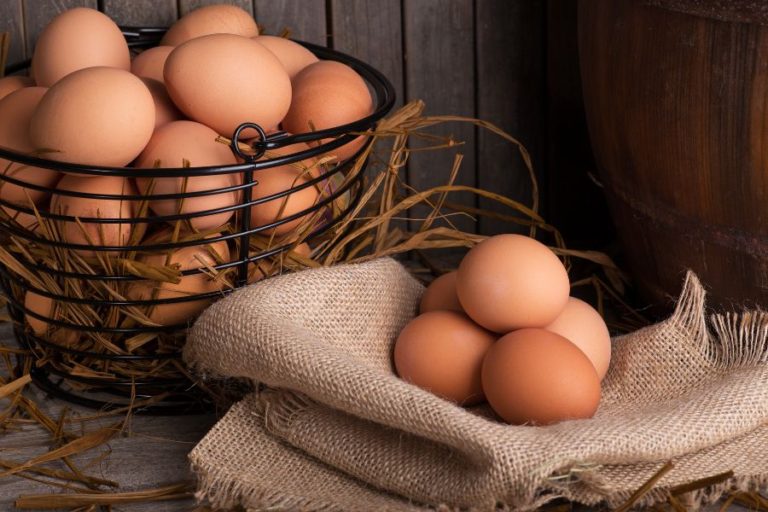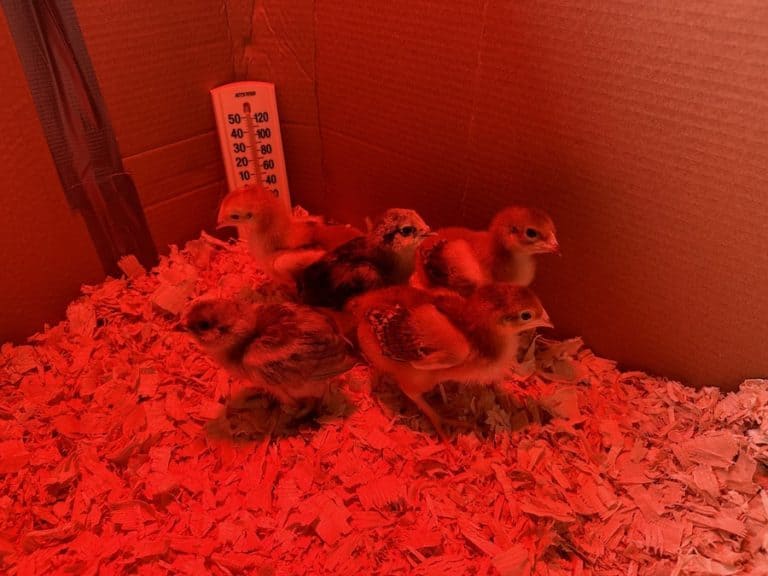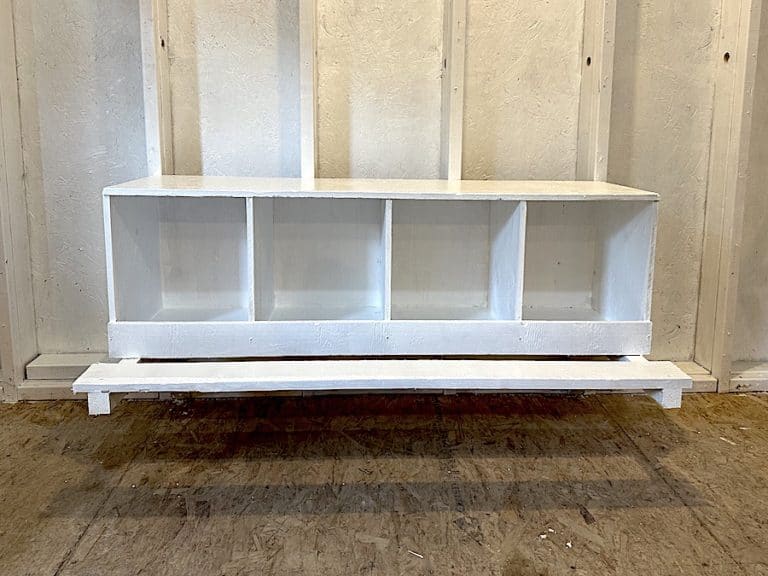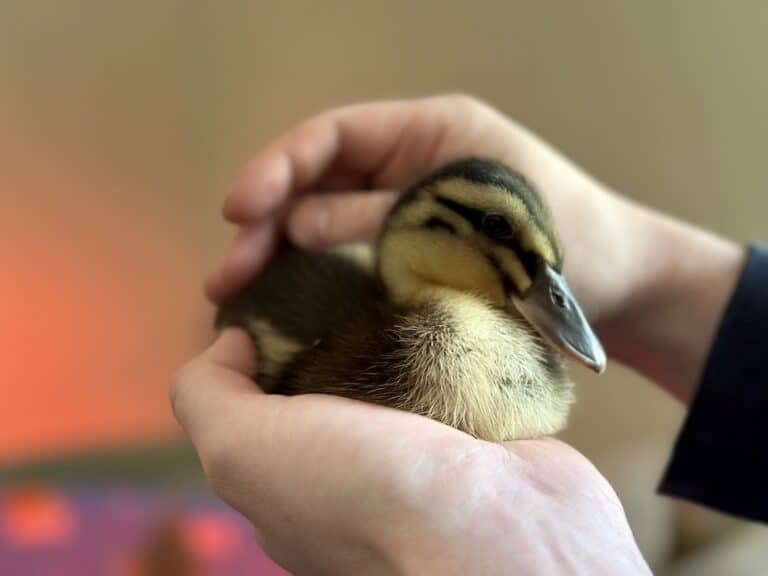What Is The Difference Between Chicken Feeds?

Raising chickens is a fascinating process that requires attention to their nutrition as they grow. Every stage of their development demands specific chicken feed to ensure that they achieve optimal health and growth and to help with egg production.
Providing the right nutrition at the right time is important to raising healthy and productive chickens. For instance, during the first few weeks, chicks require a starter feed that is high in protein to support their rapid growth. As they grow older, they need a grower feed that is designed to meet their changing nutritional needs. Finally, adult hens require layer feed that contains essential nutrients, such as calcium, to support egg production.
By paying close attention to their nutritional needs and adjusting their diet accordingly, you can ensure that your chickens grow into healthy and productive members of your flock.
Disclaimer: This article includes affiliate links. If you click one of them, we may receive a small percentage of the sale at no extra cost to you. Thank you for your support!
What Are The Different Types Of Chicken Feed?
Raising chickens requires careful attention to their nutritional needs, as the right feed at each stage of development is necessary for their health, growth, and egg production. As your chick grows into adult hens, they will require different feeds that contain different nutrition.
It is important for chicken owners to understand the differences between various types of feed to ensure their hens are getting the proper amount of nutrients that they need to grow and, eventually, lay eggs.
Not that whenever you transition from one feed to another, start by gradually adding small amounts of the new feed to the existing one over a series of days. This will help their digestive systems adjust to the new feed,
Starter Chicken Feed
The first stage in a chicken’s life is the chick stage, and starter chicken feed is designed specifically for these fluffy newcomers. Packed with essential nutrients, proteins, and vitamins, starter feeds support the rapid growth and development of chicks in their early days.
Starter feeds typically contain higher protein levels, around 20-24%, to promote muscle and feather development and to support their rapid growth. The extra dose of vitamins and minerals helps strengthen their immune system, setting a solid foundation for a healthy life.
As chicks are not as adept at eating large, hard grains, starter feeds are usually in a crumbled form, making it easy for the young birds to peck and digest. Be sure to provide a constant supply of clean water alongside starter feed, as water helps to soften the food in their crop and make it easier to digest.
For new chickens that have not been vaccinated, medicated chicken feed is highly recommended. This helps prevent coccidiosis, which is quite common in early hens (though adult hens can still catch it). We also like to keep amprolium on hand, just in case they do catch coccidiosis. Medicated feed is used only as a preventative and is not suitable for the treatment of ongoing coccidiosis.
Be sure to speak with your local hatchery or farm store about whether you should use medicated or unmedicated feed for your new chicks.
Grower Chicken Feed
As your chicks start to feather out and transition to adolescence, it’s time to switch to grower chicken feed. This phase, usually starting around 8-10 weeks of age, focuses on providing the right balance of nutrients to support steady growth without the excesses needed for rapid chick development. Before feeding your chickens, check the back of the feed bag for the recommended age. Some grower feeds may be suitable as early as six weeks old.
Grower feeds contain slightly lower protein levels, usually ranging from 16-18%. This controlled protein content prevents unnecessary weight gain and ensures that the birds develop strong bones and muscles without growing too fast, which can lead to health issues.
During the grower stage, it’s important to monitor the overall health of your chickens. Keep an eye on their weight and adjust the feed quantity accordingly. Providing ample space and maintaining a clean living environment to contribute to the well-being of your growing flock.
Layer Chicken Feed
Once your chickens reach maturity and begin laying eggs, it’s time to introduce layer chicken feed into their diet. Layer feeds are specially formulated to meet the nutritional demands of egg-laying hens, supporting not only egg production but also the overall health of the laying flock.
The key component in layer feeds is calcium. Hens require extra calcium to form strong eggshells, preventing issues like thin or brittle shells. Layer feeds typically contain around 15-19% protein, ensuring a balanced diet for both egg production and the maintenance of the hen’s health.
We encourage you to supply a container of oyster shells alongside layer feed, which allows hens to eat the shells freely whenever they want.
When To Switch From Chick Starter To Grower Chicken Feed
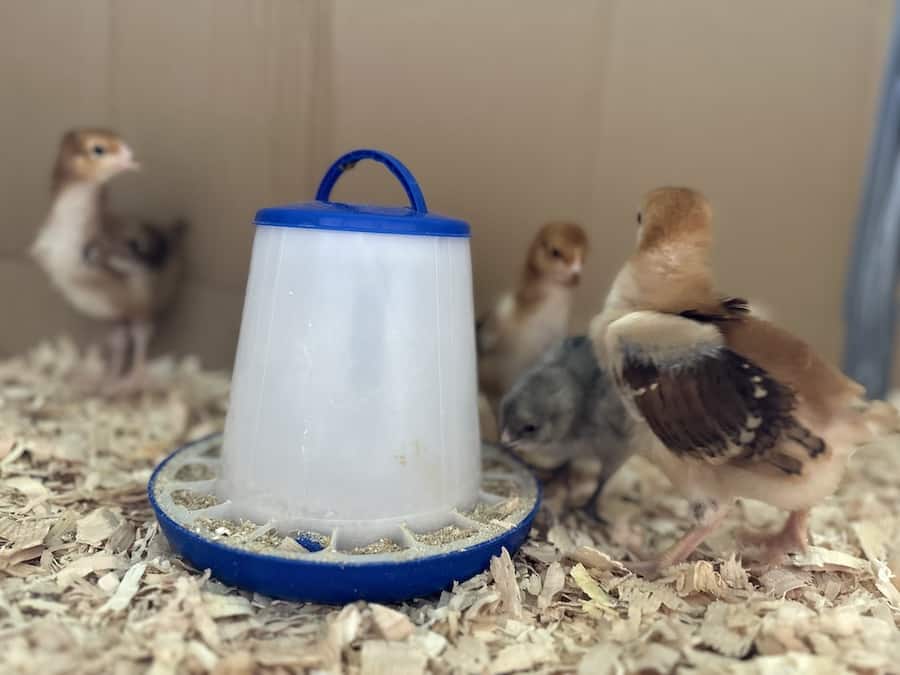
Transitioning from starter to grower chicken feed is a natural progression in the life of your chicks. Pay close attention to age, feather development, growth rate, protein levels, and overall health, as these are the indicators of when it is the right time to switch feed.
Let’s dive into the factors that signal the right time for this transition.
Age Matters: Timing the Switch
The primary indicator for moving to grower chicken feed is the age of your chicks. Typically, the transition occurs around 8-10 weeks. Starter feeds are tailored for the rapid growth needs of very young chicks. As they approach adolescence, their nutritional requirements change and grower feed provides the balanced diet necessary for steady development.
Feather Development: Visual Cues
Keep an eye on your chicks’ feather development. If you notice that they are getting their adult feathers, it’s a sign they are outgrowing the starter phase. Feathers require different nutrients than down, and grower feed is formulated to meet these changing needs.
Monitor Growth Rate: Balanced Nutrition
Start to observe the growth rate of your chickens. If they are gaining weight steadily without becoming overweight, it’s an indication that they are ready for grower feed. The controlled protein levels in grower feed prevent rapid weight gain, ensuring your chickens develop strong muscles and bones without unnecessary strain.
When To Switch From Grower Feed To Layer Chicken Feed
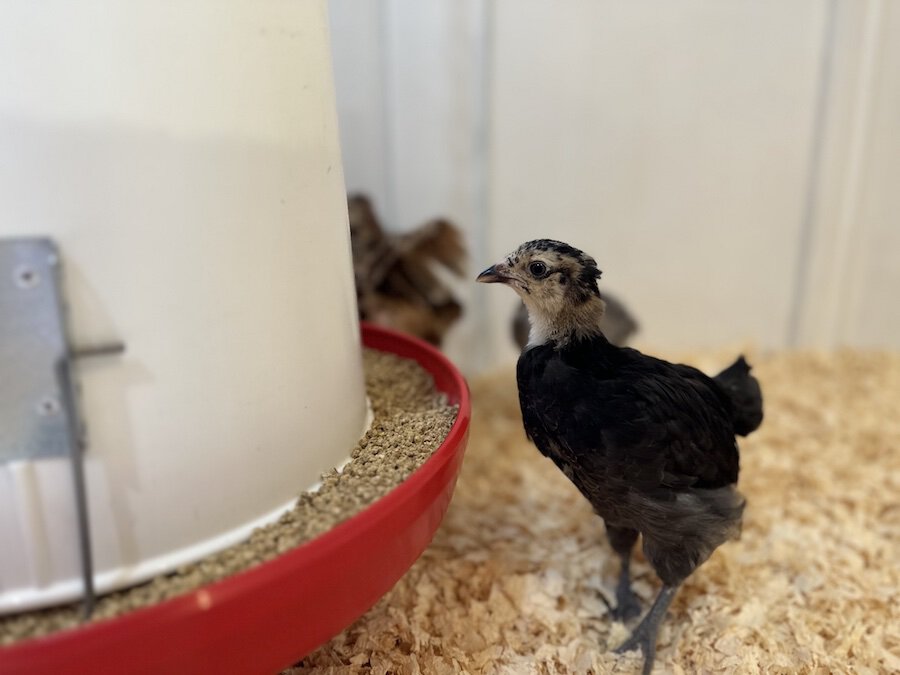
Switching from grower feed to layer feed is a big step in your coop. This means your hens either have or will start laying soon. Depending on the breed, hens can start laying around 18 to 20 weeks, which is usually the tell-tail sign that your hens are ready for layer feed.
Here are signs that it’s time to switch your chickens onto layer feed.
Age Milestone: Maturing Into Layers
The primary determinant for introducing layer chicken feed is the age of your hens. Typically, this transition occurs around 18-20 weeks of age, though laying ages may vary depending on the breed and environment. As your chickens reach sexual maturity and begin laying eggs, their nutritional needs change significantly. Layer feed is formulated to meet these specific requirements for egg production.
Egg Production Onset: A Productivity Indicator
When your hens start laying eggs, it’s a clear signal that they are ready for layer feed. The formulation of layer feed includes essential nutrients such as increased calcium to support the development of strong eggshells. Providing this specialized feed at the onset of egg production ensures optimal egg quality and overall hen health.
Behavioural Changes: Monitoring the Flock
Observing changes in the behaviour of your hens can provide insights into their readiness for layer feed. Increased interest in nesting boxes, scratching behaviour, and vocalizations related to egg-laying activities are indicators that your hens are entering the egg-laying phase, signalling the right time for layer feed.
Calcium Considerations: Strengthening Eggshells
If your chickens have started laying but are still on grower feed, look for signs of low calcium, such as thin or brittle eggshells. If you notice these signs, it’s time to switch to layer feed or add supplementary calcium by feeding your flock oyster shells.

